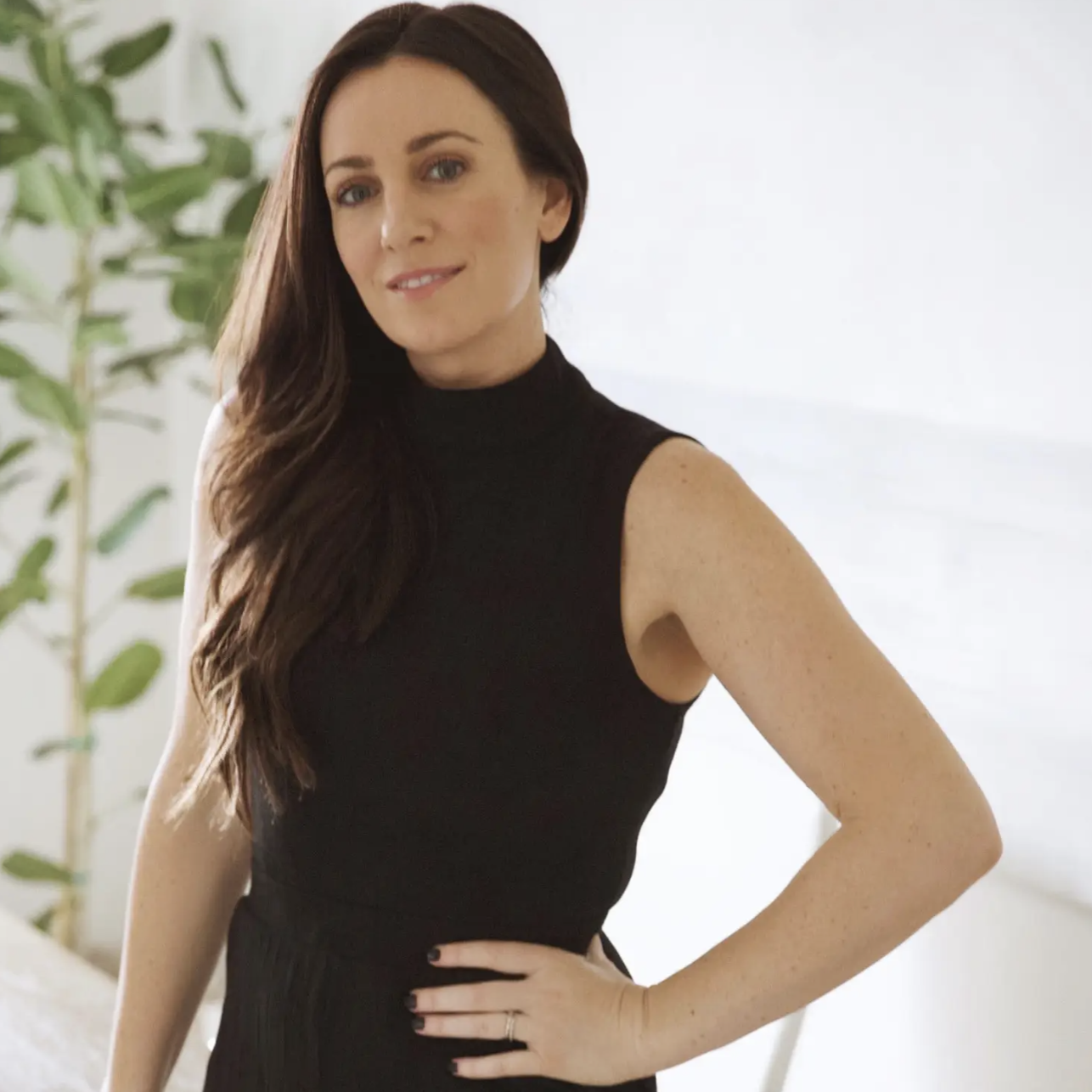
Parker Talent Management Founder Lindsay Nead, shares her 5 tips on partnering with Influencers as sales through their campaigns surge in lockdown:
The number of consumers who used the “buy” button to shop on social media jumped 13% in 2020 amid a surge in online buying during lockdown.
The number who clicked on a shoppable post or story increased by 12%, according to analysis by market research institute GfK. In 2021, the influencer marketing industry is set to grow by $13.8 billion.
Lindsay Nead, founder and chief executive of influencer management agency Parker Management, says the COVID-19 pandemic is forcing brands and influencers to adapt, such as by staging their own photoshoots, creating Covid-secure campaigns from home.
She gives Insider her five tips on how businesses can boost their influencer marketing campaigns.
1. Target campaigns to fast moving pace of lockdowns and restrictions
During the pandemic, Nead has seen brands using their social media to reinvent their products for different stages of restrictions and lockdowns.
She says that brands began marketing to people working from home at the beginning of lockdown, which was “so smart”.
But, she adds, in August 2020, as a new school term loomed, they were still doing the same thing.
She says brands who can angle their products towards parents should form partnerships with “mumfluencers” – influencers who review and promote parenting products – as well as teachers and college students in the coming months to sell back-to-school and homeschooling products through sponsored social media posts.
Nead says KiwiCo, which saw a 150% increase in year-over-year sales for its science-themed toy subscription box from March to June 2020, was a good example of pandemic marketing, with its colorful feed of shoppable Instagram posts that encourage parents to buy.
“That type of product was so smart,” she says. “Because parents were trying to figure out what they can do to keep their kids busy, engaged and happy.”
2. Choose influencers who can have a meaningful connection with what you’re selling
Influencers need to be able to have meaningful conversations about the products they’re promoting, Nead says.
“People need more substance out of any partnership they see,” she said. “Having someone hold up a body wash they use and then expect crazy sales … we’re just not seeing that happen any more.”
In a survey by social content marketing platform Stackla, 90% of more than 1,500 consumers said authenticity was important when deciding which brands to buy.
Nead says brands should think about which influencers’ digital presence already chimes with their ethos and product.
Jess Ann Kirby, one of Parker Management’s clients, has earned 15,000 newsletter subscribers and 100,000 monthly views through her women’s lifestyle, travel and wellness blog. In a recent post, she discussed how she had tested two beauty products in-depth.
3. Be across multiple platforms
Nead says the Trump administration’s attempts to ban TikTok in the US last year was a lesson in how social media platforms are “rented space” and influencers shouldn’t be contained to just one platform.
Nead says that her client Melissa Metrano is able to switch between the polished content more common on Instagram and TikTok’s more spontaneous offering. Her Instagram account, which has 358,000 followers, is an aesthetic “yoga wellness Mum page”. On TikTok, her lighthearted die-dye craft and prank videos have attracted more than 135 million likes.
4. Hone in on metrics
Nead recommends prioritizing engagement over follower count when partnering with an influencer.
“If the influencer has a really tight-knit engaged audience, you could sell a plug or a hammer,” she says. “You could sell absolutely anything if it’s the right person with a highly engaged audience.”
Among her own clients, Nead says the interior design and lifestyle duo @ourfauxfarmhouse, are engaged with by an average of 7.34% of people who see them. According to influencer marketing agency, FYI, between 1% and 3.5% is the average for an influencer on Instagram.
5. Embrace photoshoots from home
The pandemic put a stop to photoshoots in glamorous locations. For clothing and beauty brands unable to stage shoots because of the pandemic, influencers have become an innovative source of imagery.
Nead set up a collaboration between clothing brand Free People and wellness influencer Mona-Jane Hannemann, who shot photos for the brand’s latest clothing range herself in her native New Zealand.
Nead says: “It’s way more affordable … so it’s really smart to target the influencers that create really strong content and pay them to create additional image assets to help with their marketing.”
For more Business Insider tips or to read the full article: https://www.businessinsider.com/influencer-manager-gives-5-tips-on-how-to-partner-with-them-2021-2